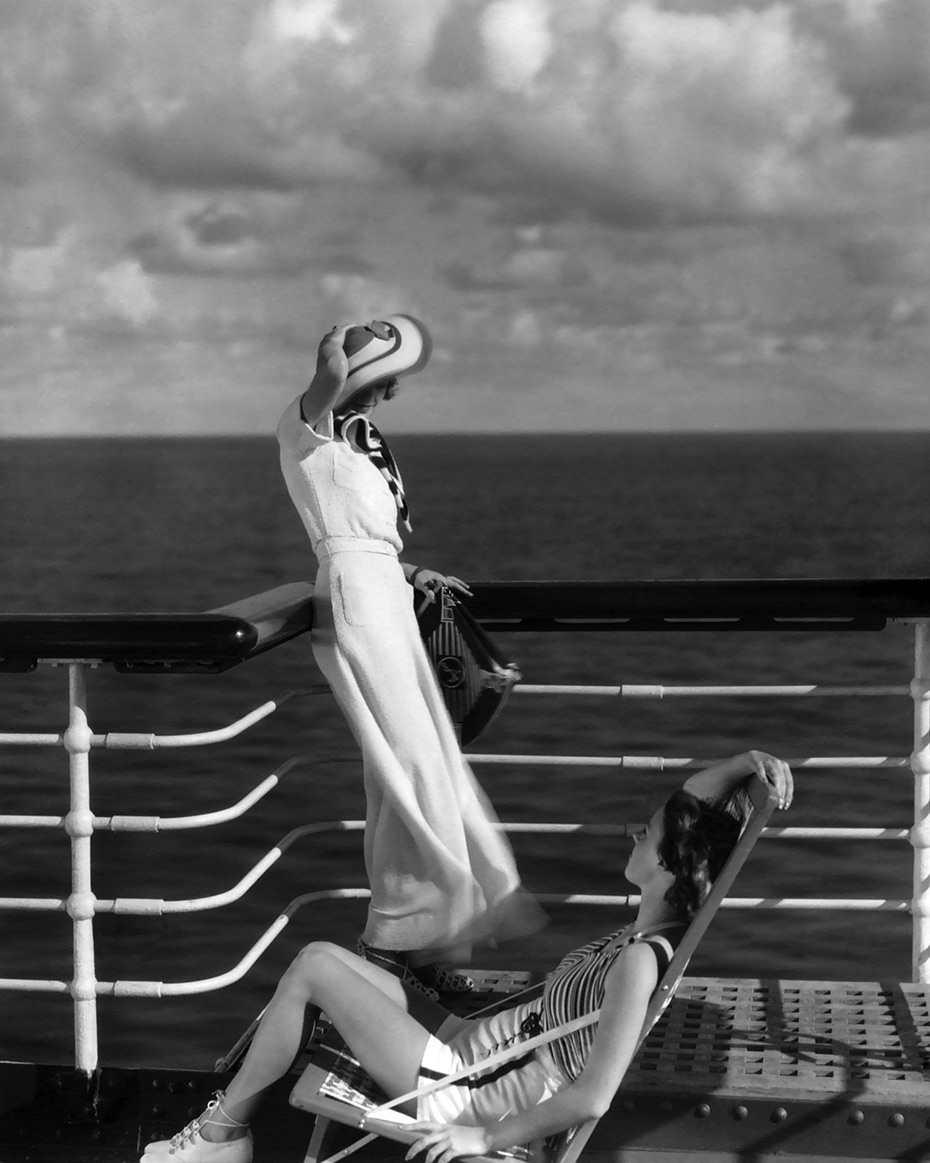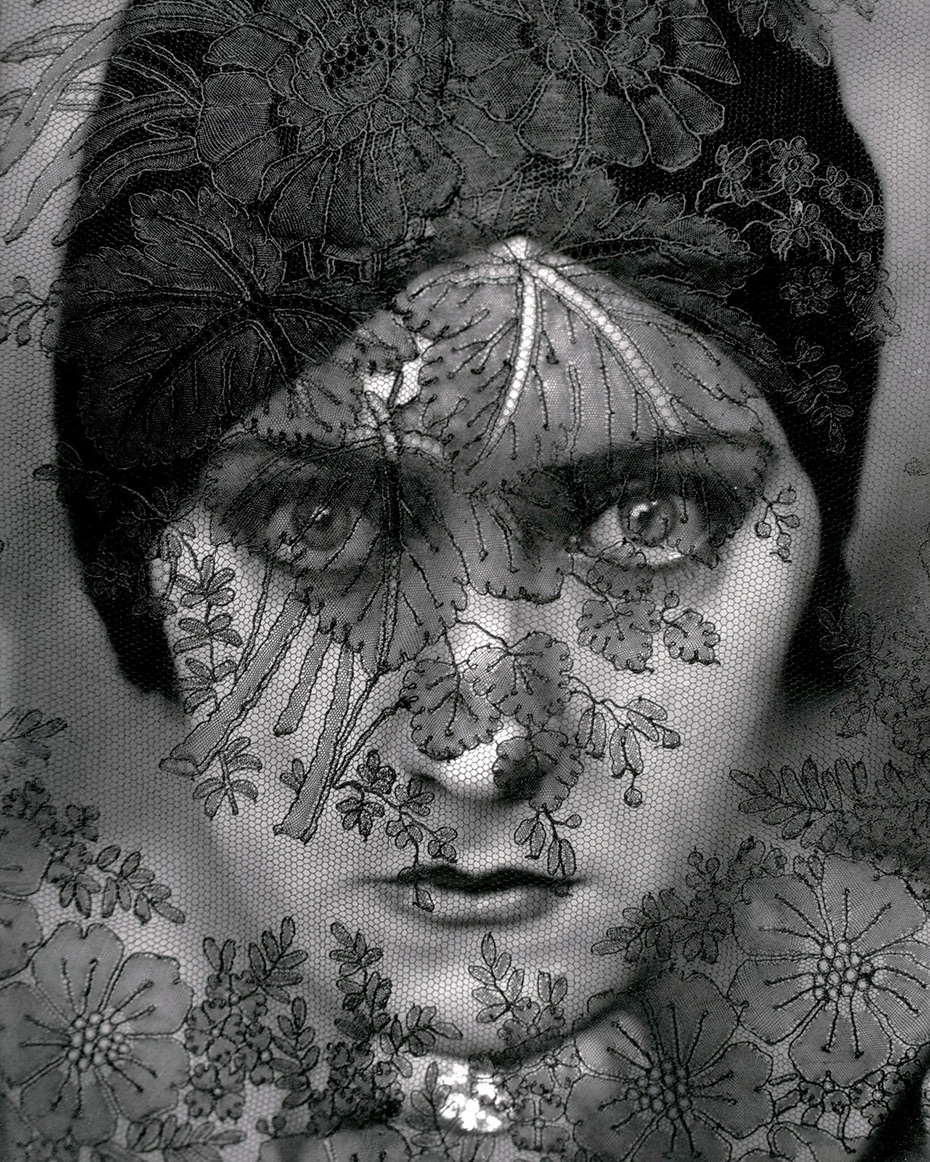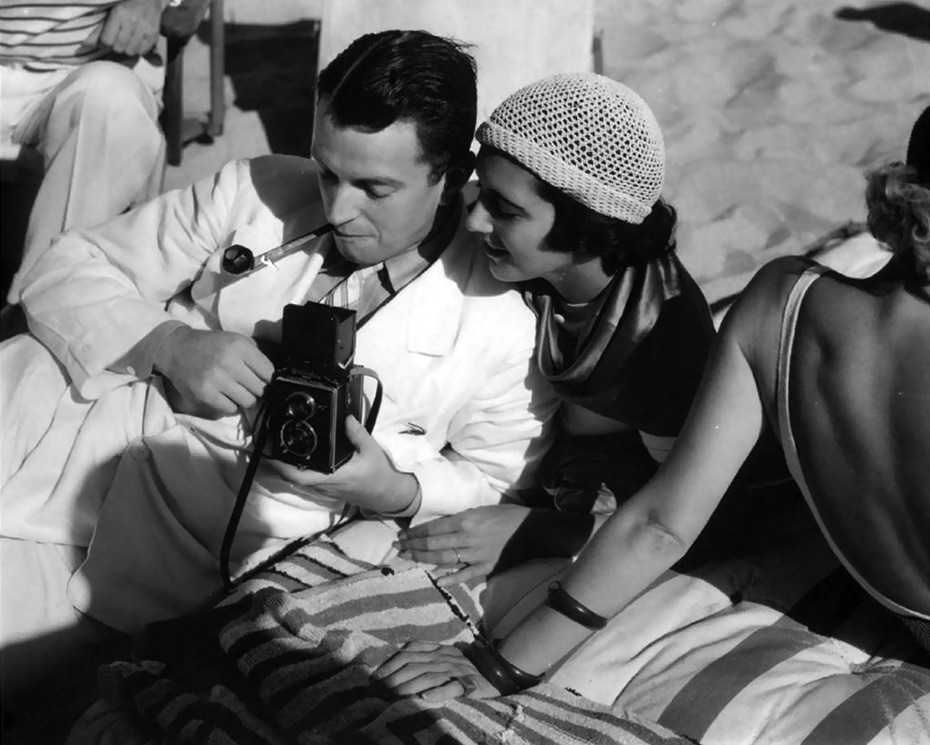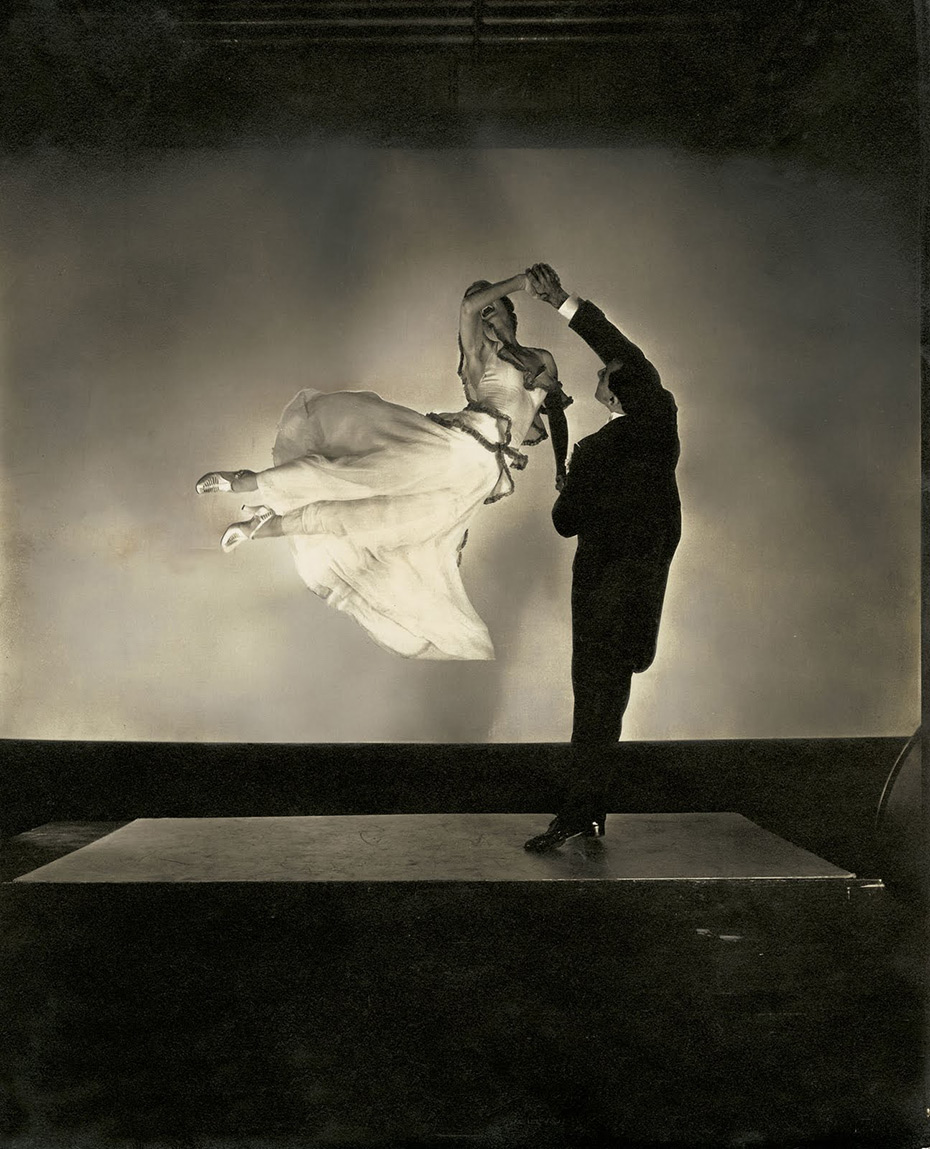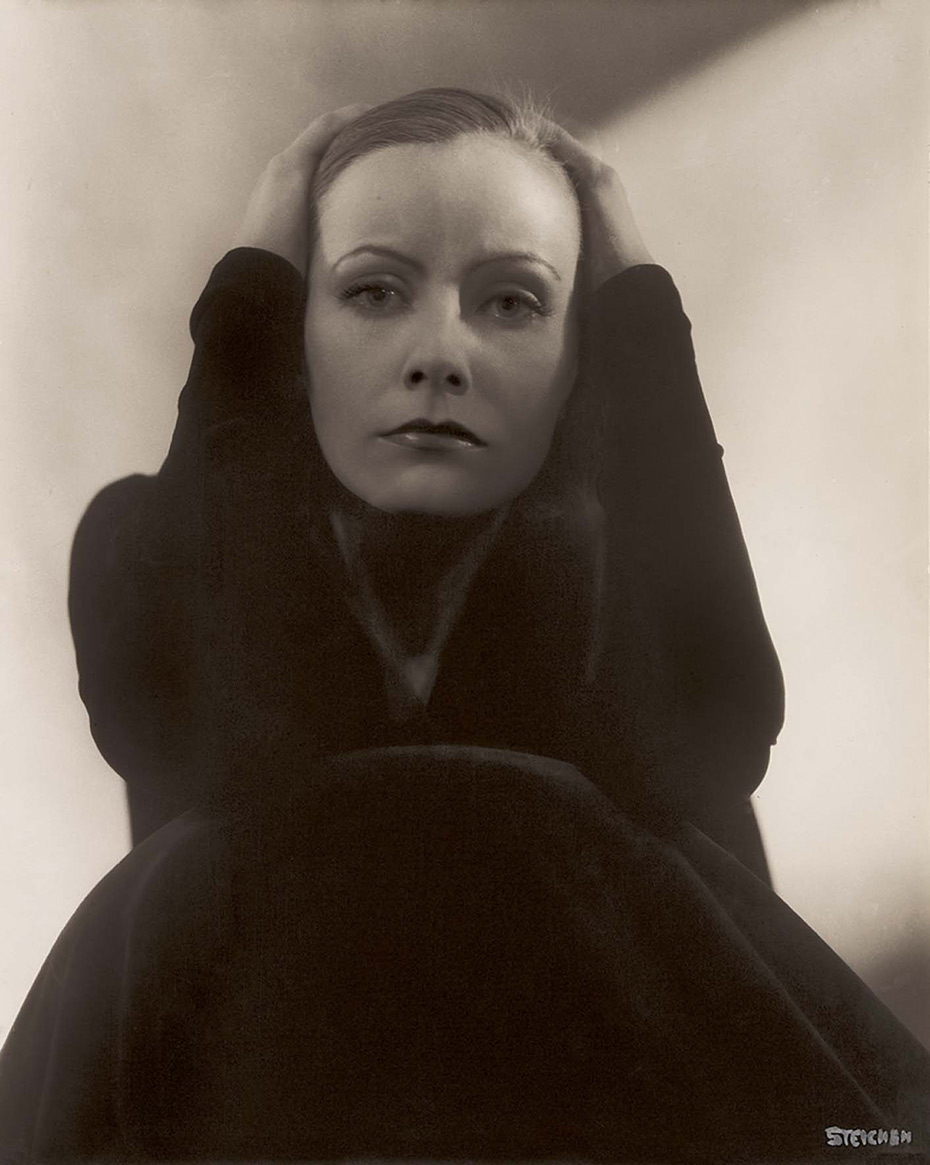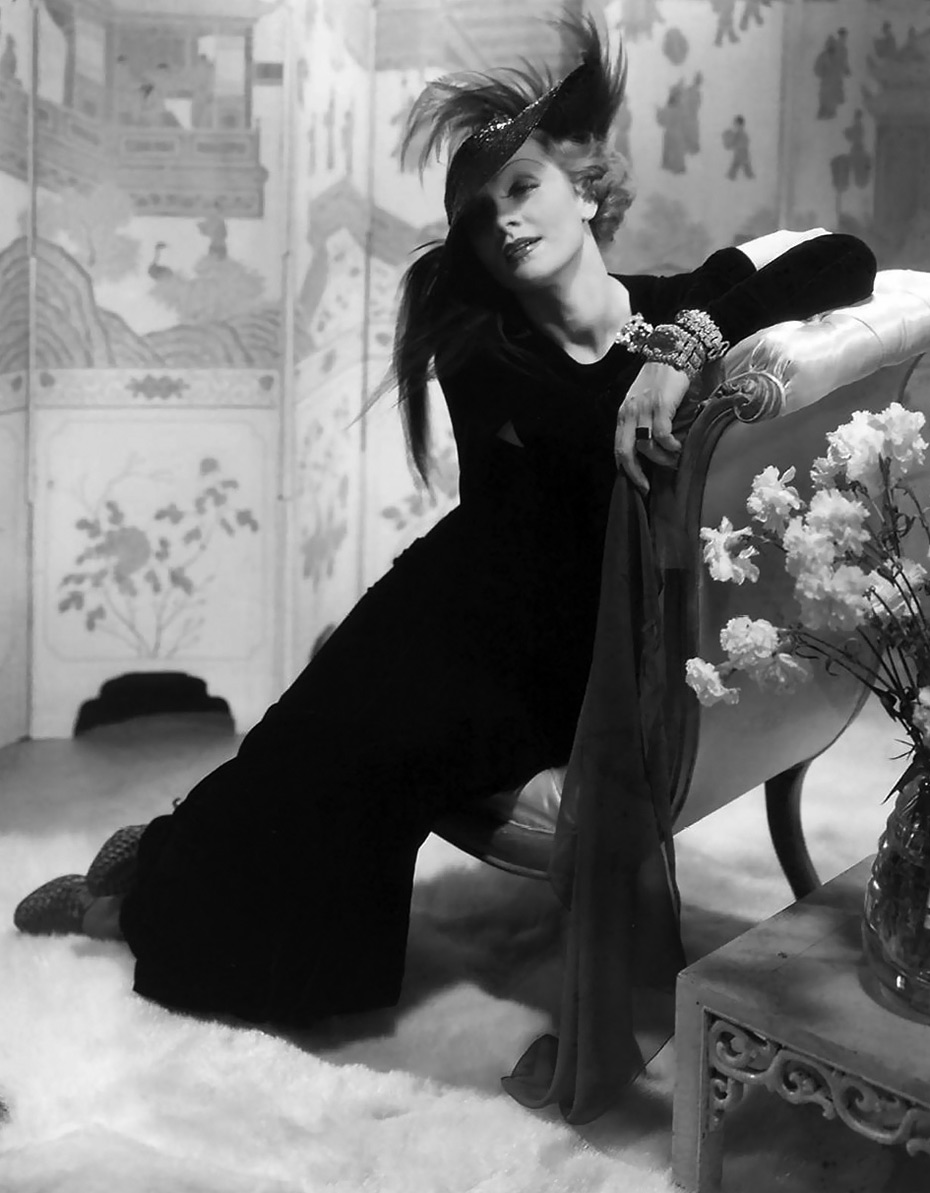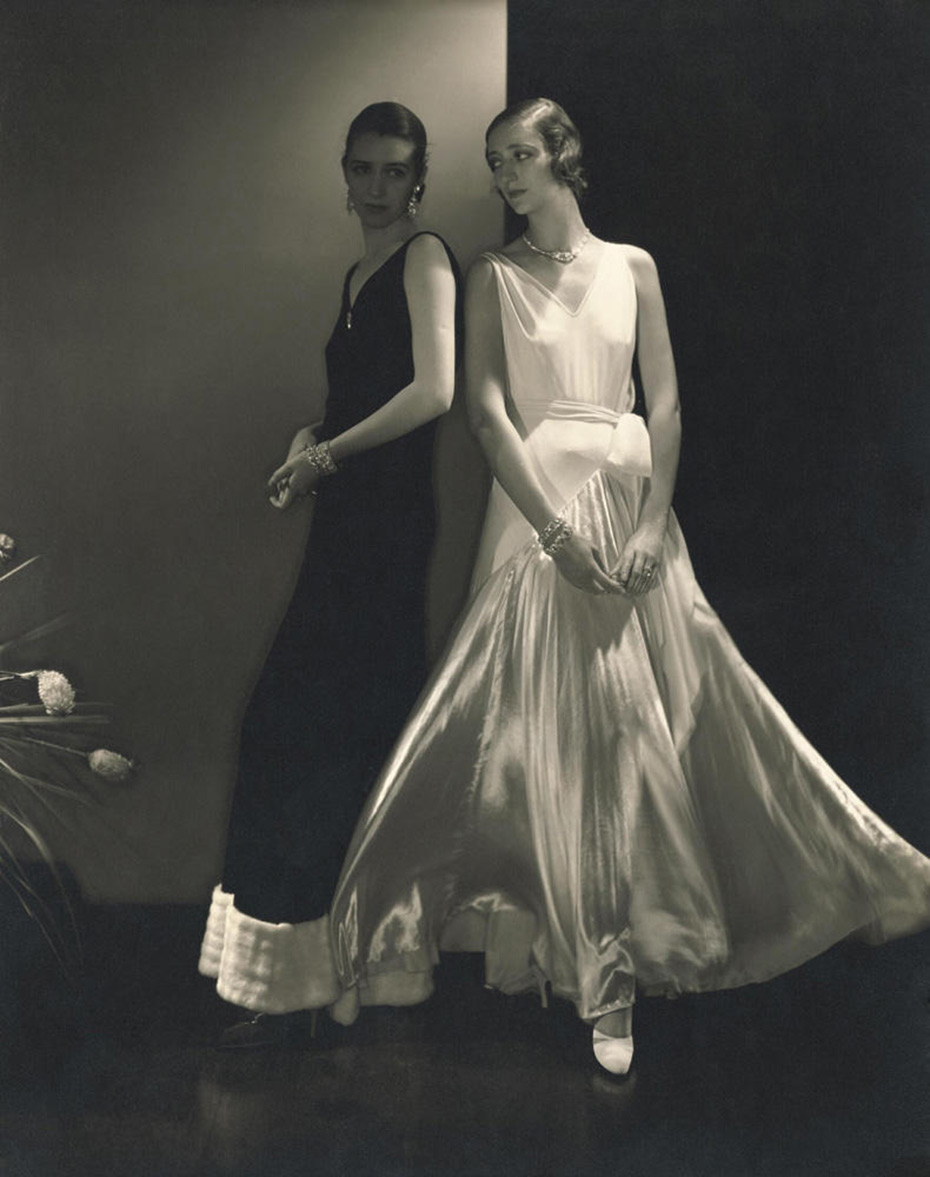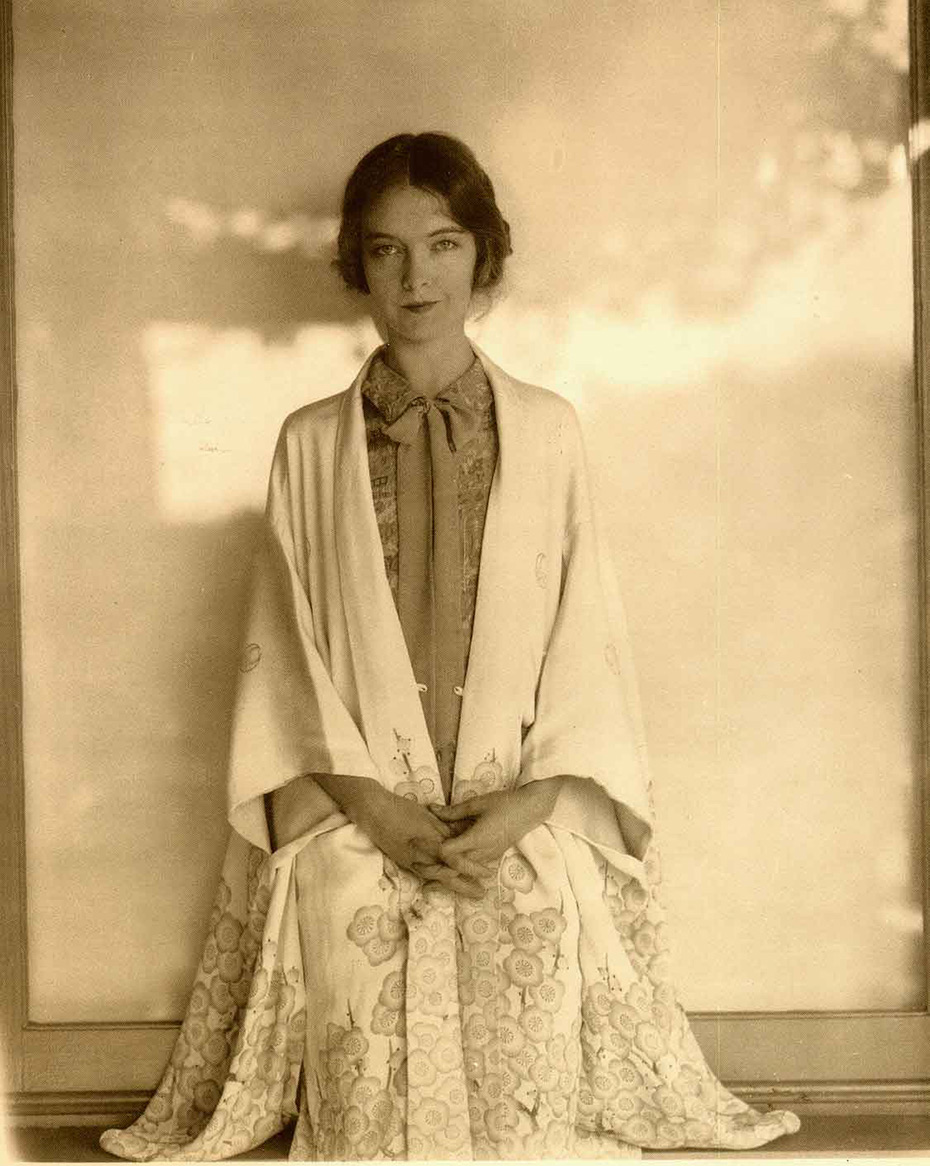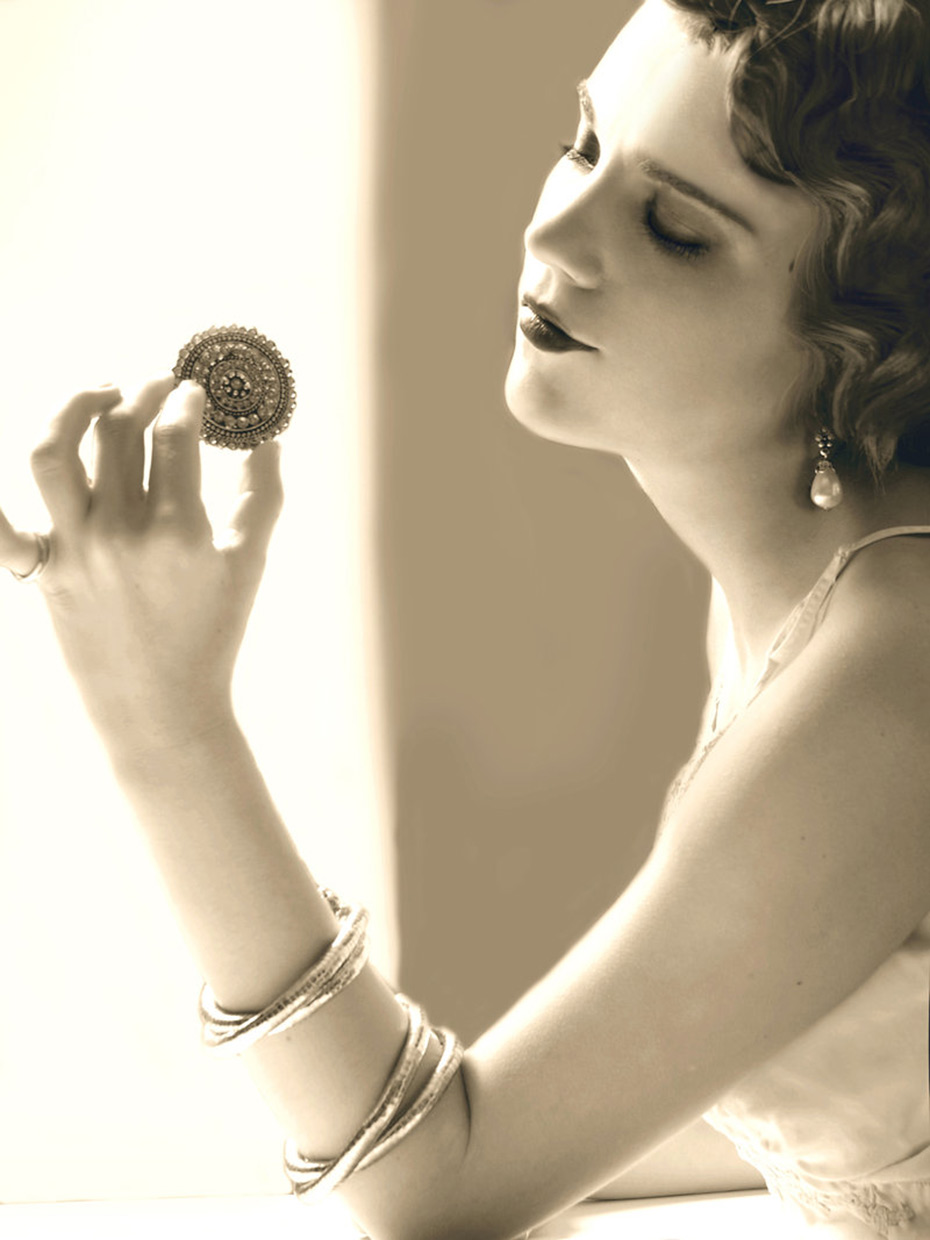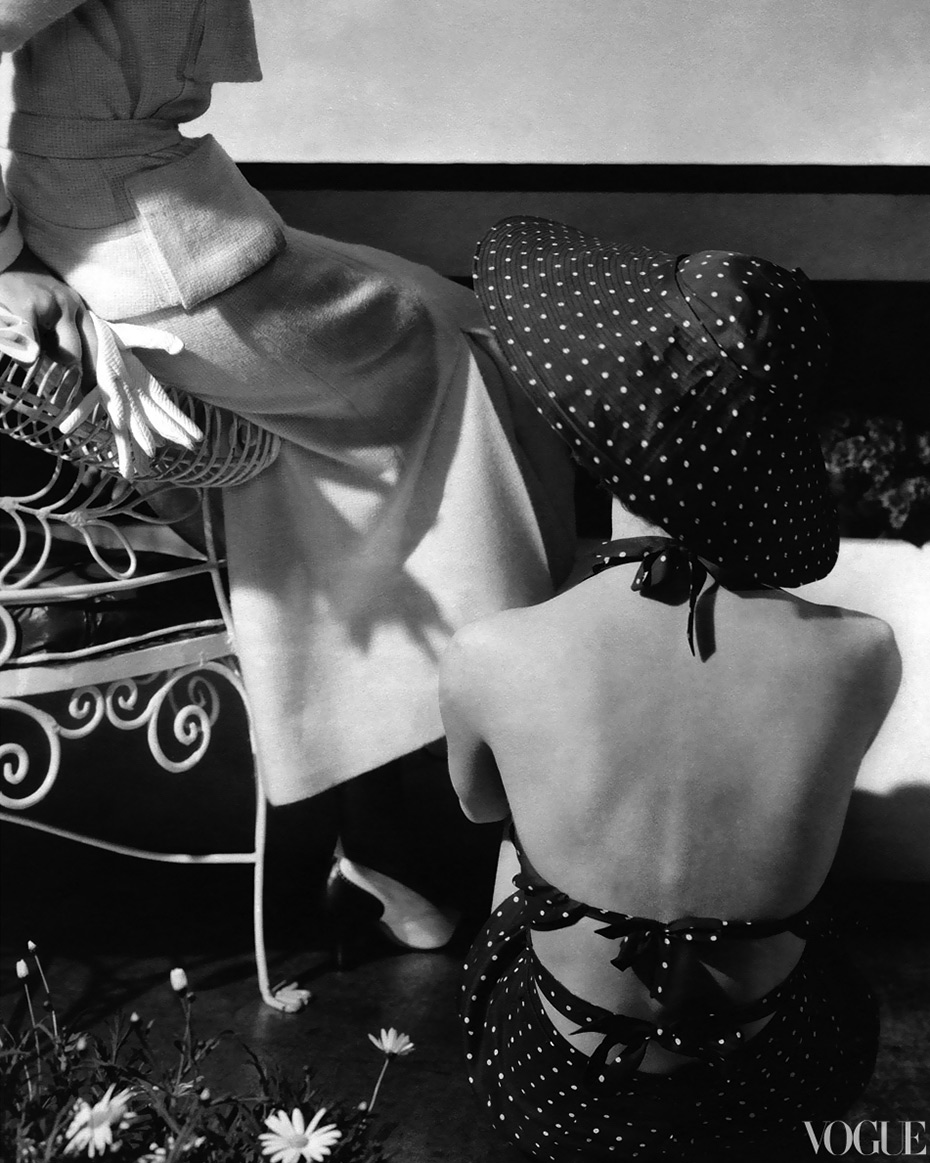Since the early 1980s, Bettina Rheims has become one of the most internationally respected contemporary photographers. Through her many books and exhibitions of her work she is renowned throughout Europe, the USA, Asia and Australia. Rheims discovered her love of photography after working from the other side of the lens as a model, and later as a journalist and an art dealer.
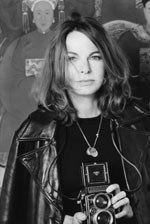 In 1981 her first exhibition featuring strip-tease artists and acrobats appeared at the Centre Pompidou and at the Galerie Texbraun in Paris. Encouraged by the success of her first show, Rheims produced a series of images of stuffed animals which were also exhibited in Paris and later in New York.
In 1981 her first exhibition featuring strip-tease artists and acrobats appeared at the Centre Pompidou and at the Galerie Texbraun in Paris. Encouraged by the success of her first show, Rheims produced a series of images of stuffed animals which were also exhibited in Paris and later in New York.
Her powerful portraits of women taken from the 1989 monograph, Female Trouble, were exhibited in Germany and Japan; Rheims then turned the camera on androgynous teenagers. The portraits titled Modern Lovers (1990), were exhibited in France, England and the USA.
Rheims’ collaboration on several books with famed writer Serge Bramly has also brought her further international recognition. Chambre Close (1992) – featuring intimate portraits of women with prose written by Bramly became a best seller and is regularly re-edited.
In 1999 her book I.N.R.I., the life of Jesus Christ is retraced using portraits of young people, including women, in Biblical scenes. The book was another collaboration with Serge Bramly, and was published simultaneously in several countries including the USA, Japan, Germany and France – where it sparked outrage and provoked calls for an immediate ban. Images from I.N.R.I. are still being exhibited in various museums throughout Europe. In 2000 Rheims published X’Mas. Also seen as controversial, the book contains portraits of teenage girls posing nude for the first time.
In 2003 after spending six months in Shanghai, Rheims again worked with Bramly on a book of the same name. The fast-paced and ever-evolving life of the city is captured in portraits of the women from all walks of life who live and work there.
More Trouble – A retrospective of Rheims’ photographs was published in 2004 and focused on the previous ten years of her work, mostly her portraits of famous women.
In addition to the book there were also a major exhibitions of her work in Helsinki, Oslo, Vienna, Düsseldorf and Brussels.
Rheims continues to shoot beautiful photographs and to publish books. Additionally she has worked on editorials for magazines such as Elle, L’Officiel, Citizen K, Tatler, 10 magazine and Marie Claire. She has also shot advertising campaigns for Chanel, Lancôme, Diane Von Furstenberg, Bebe and Well.
To view additional work by Bettina, click below:
www.bettinarheims.com
Source:
http://www.jedroot.com/photographers/bettina-rheims
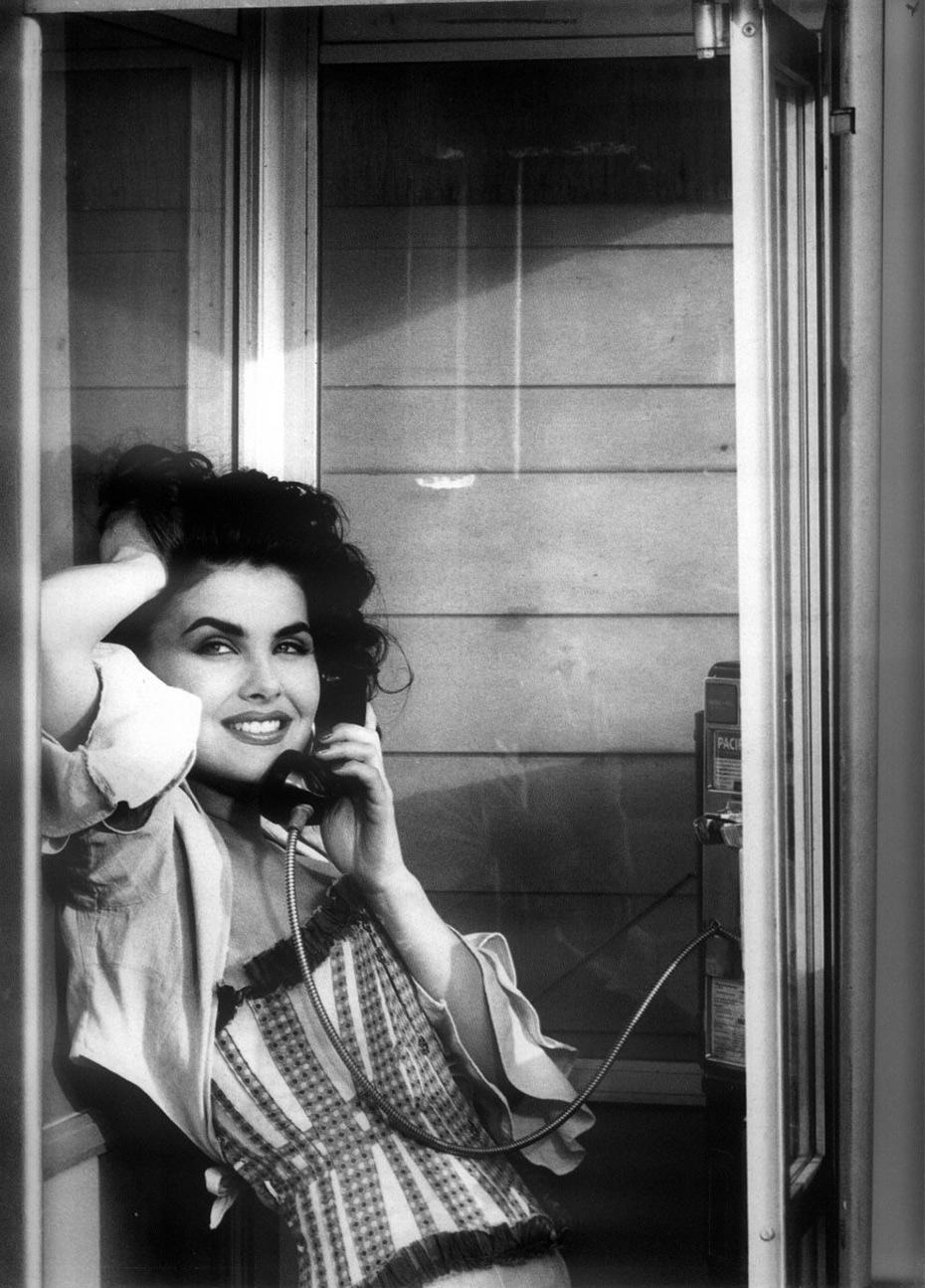
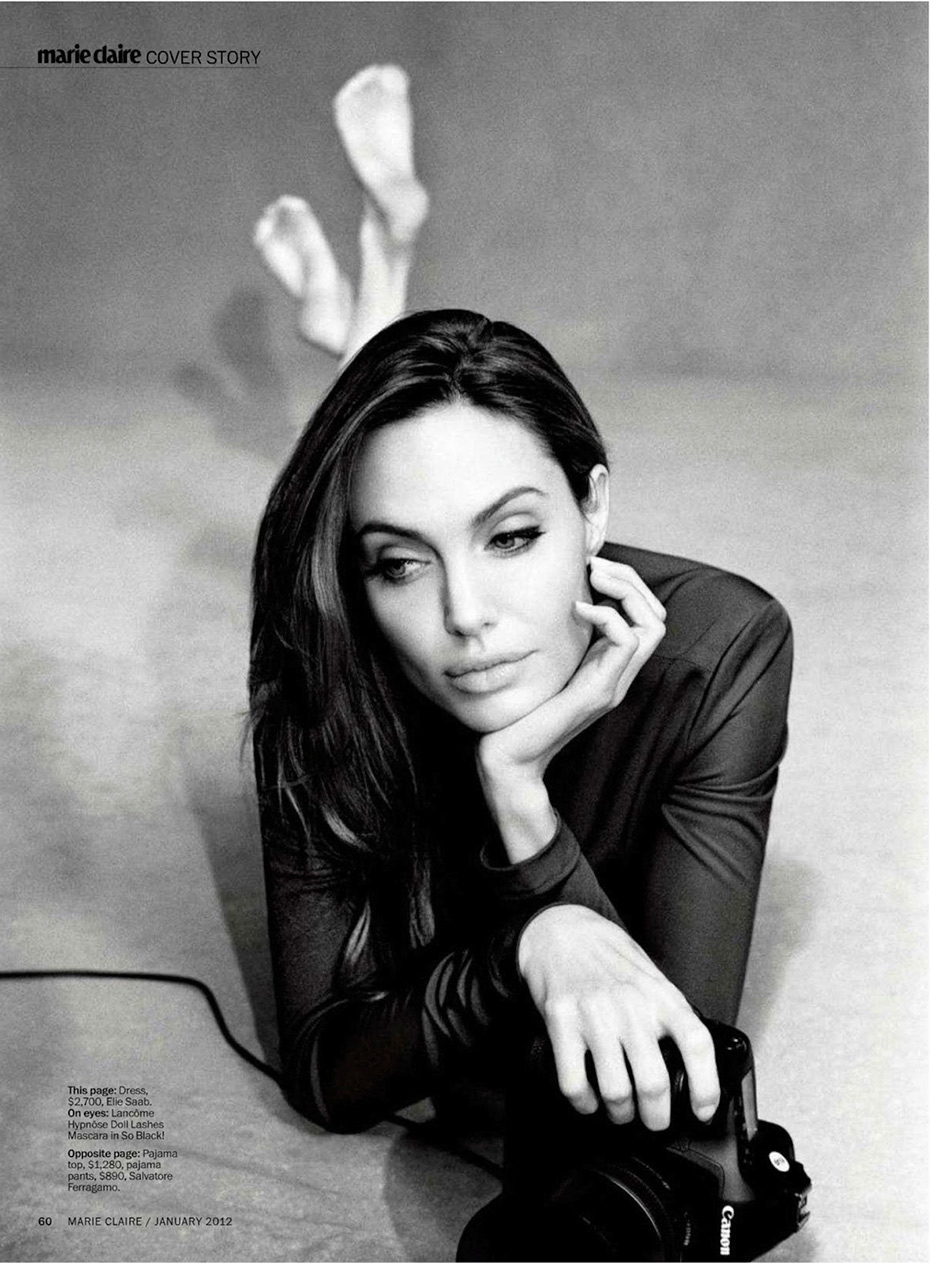
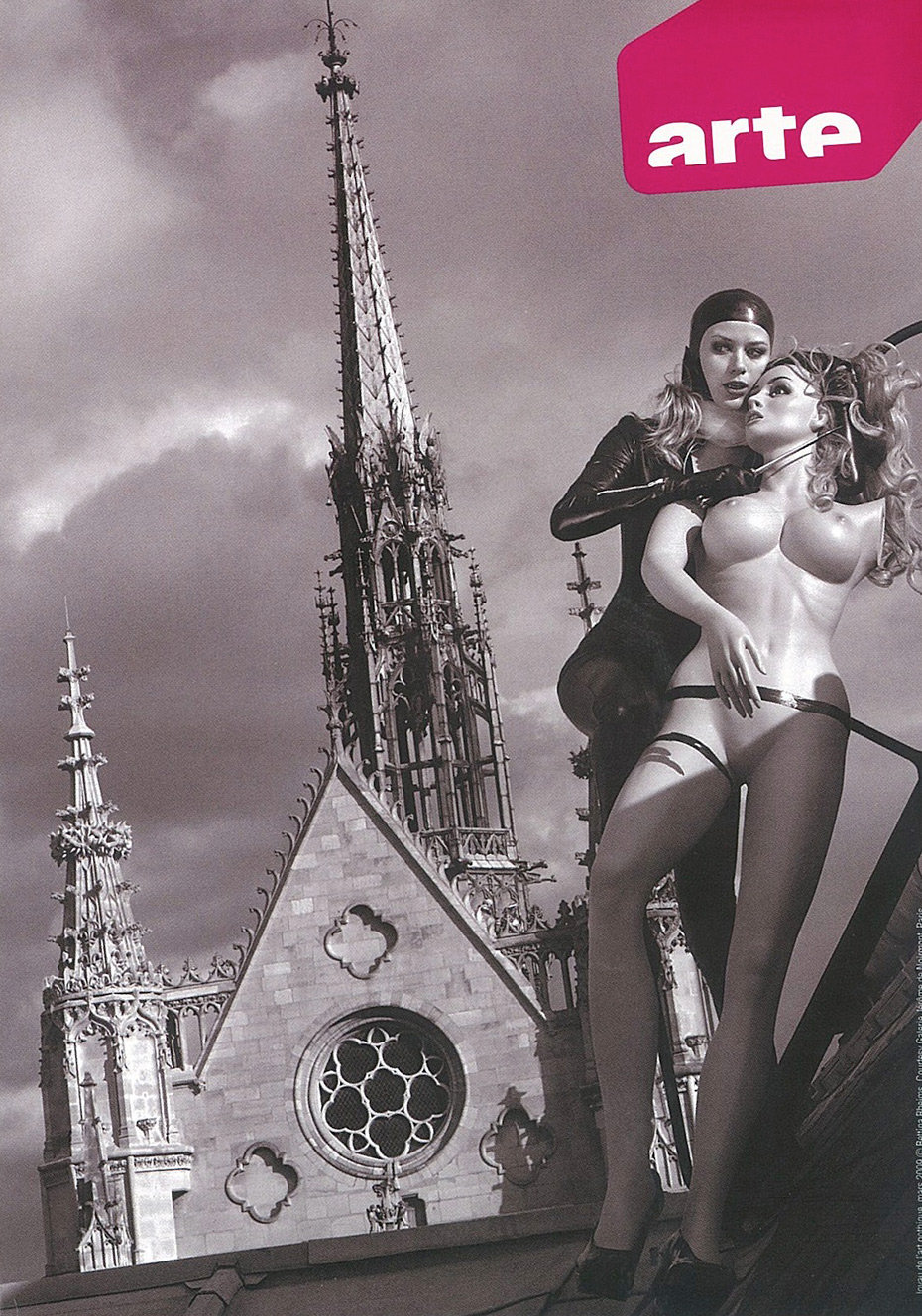

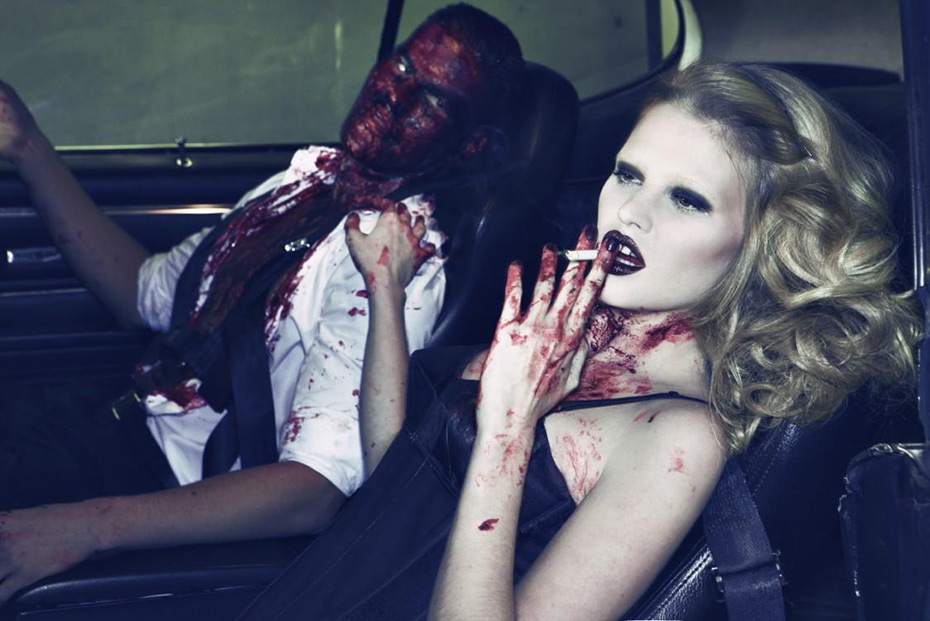
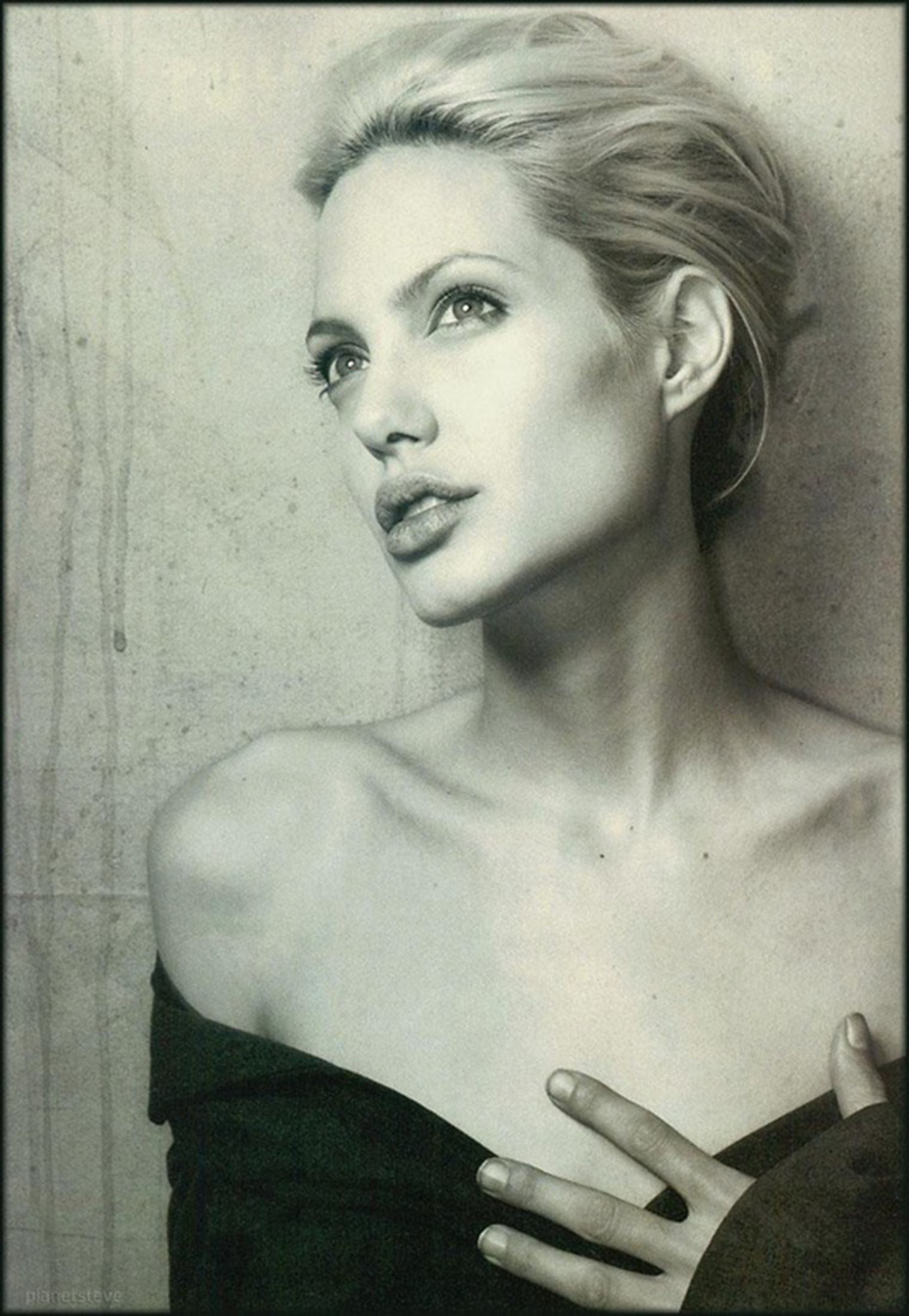

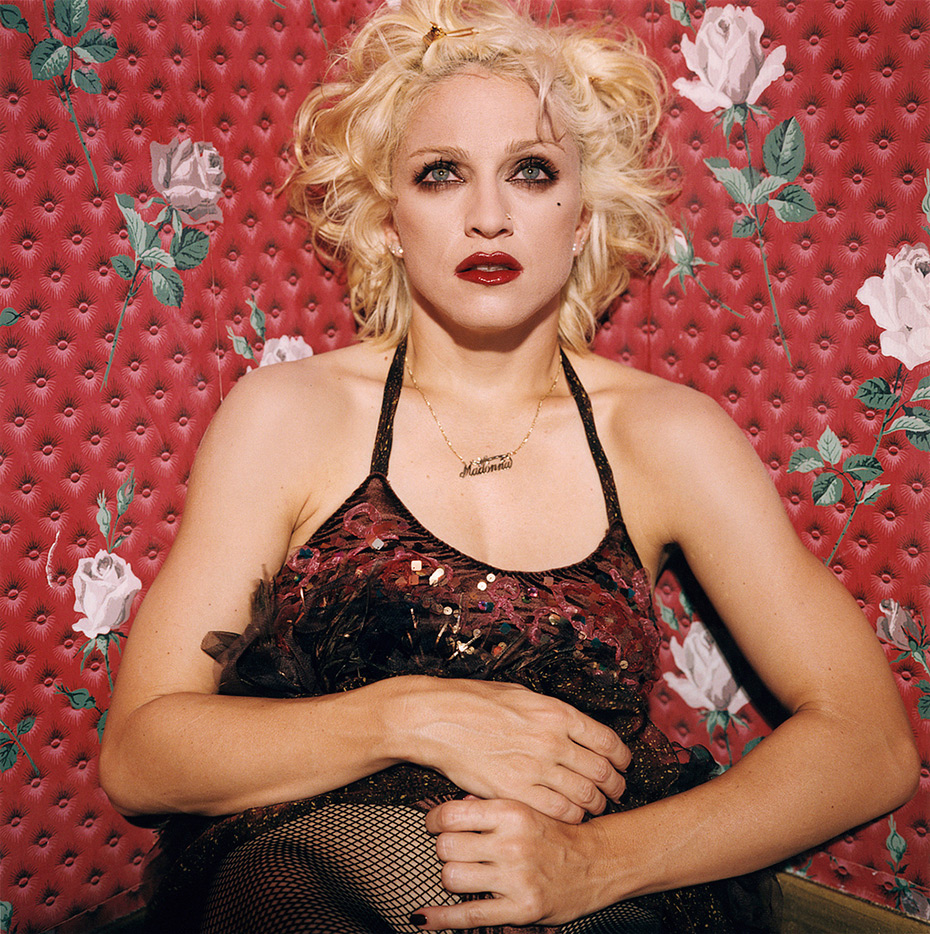


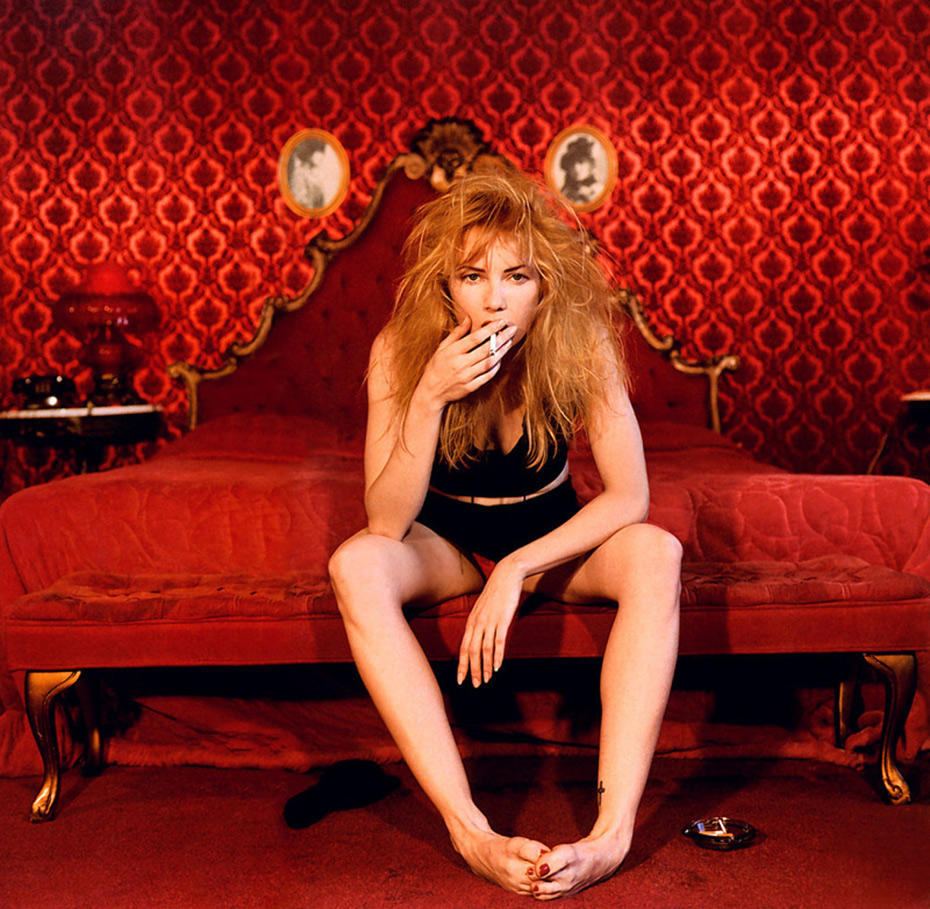

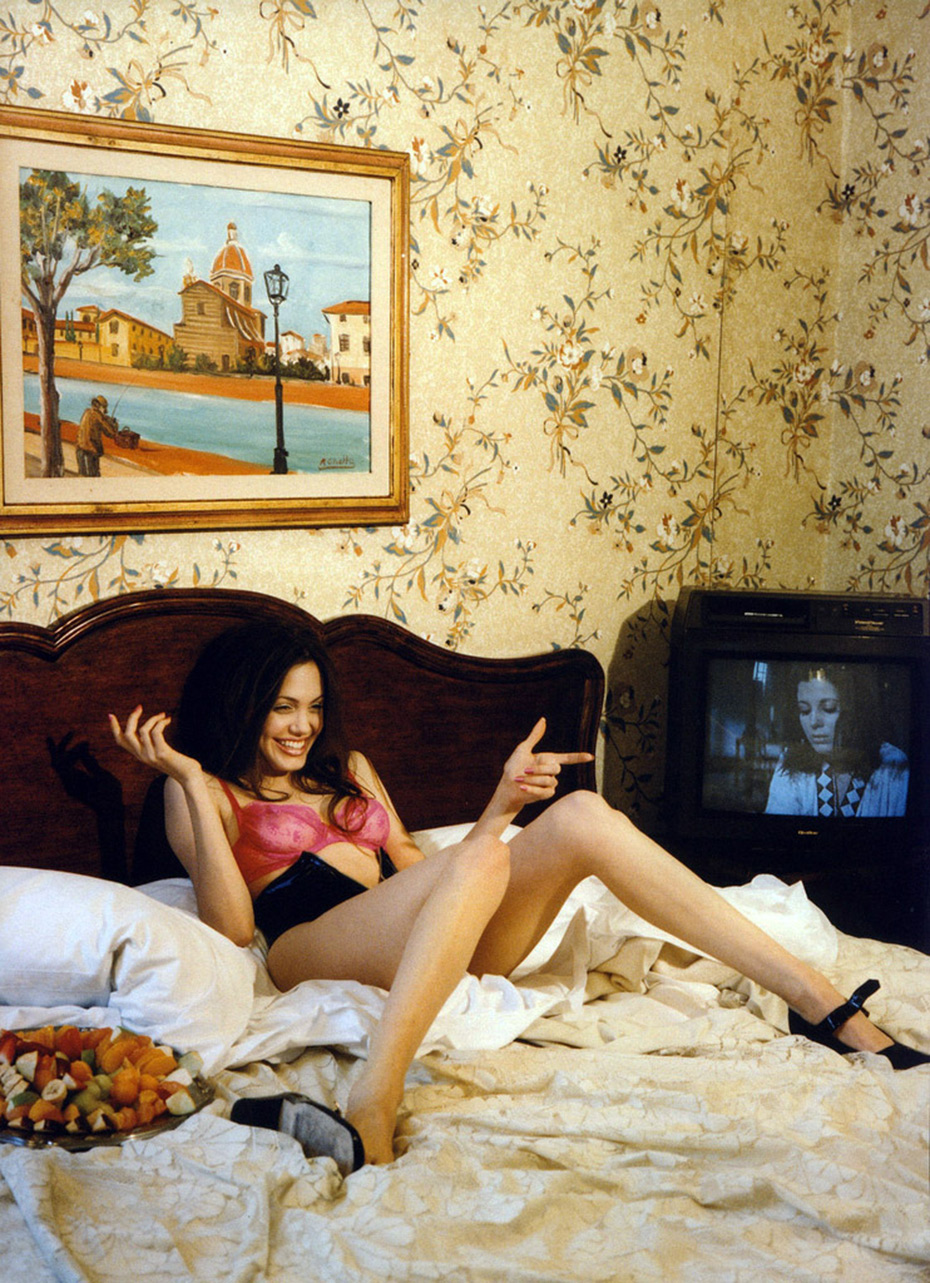
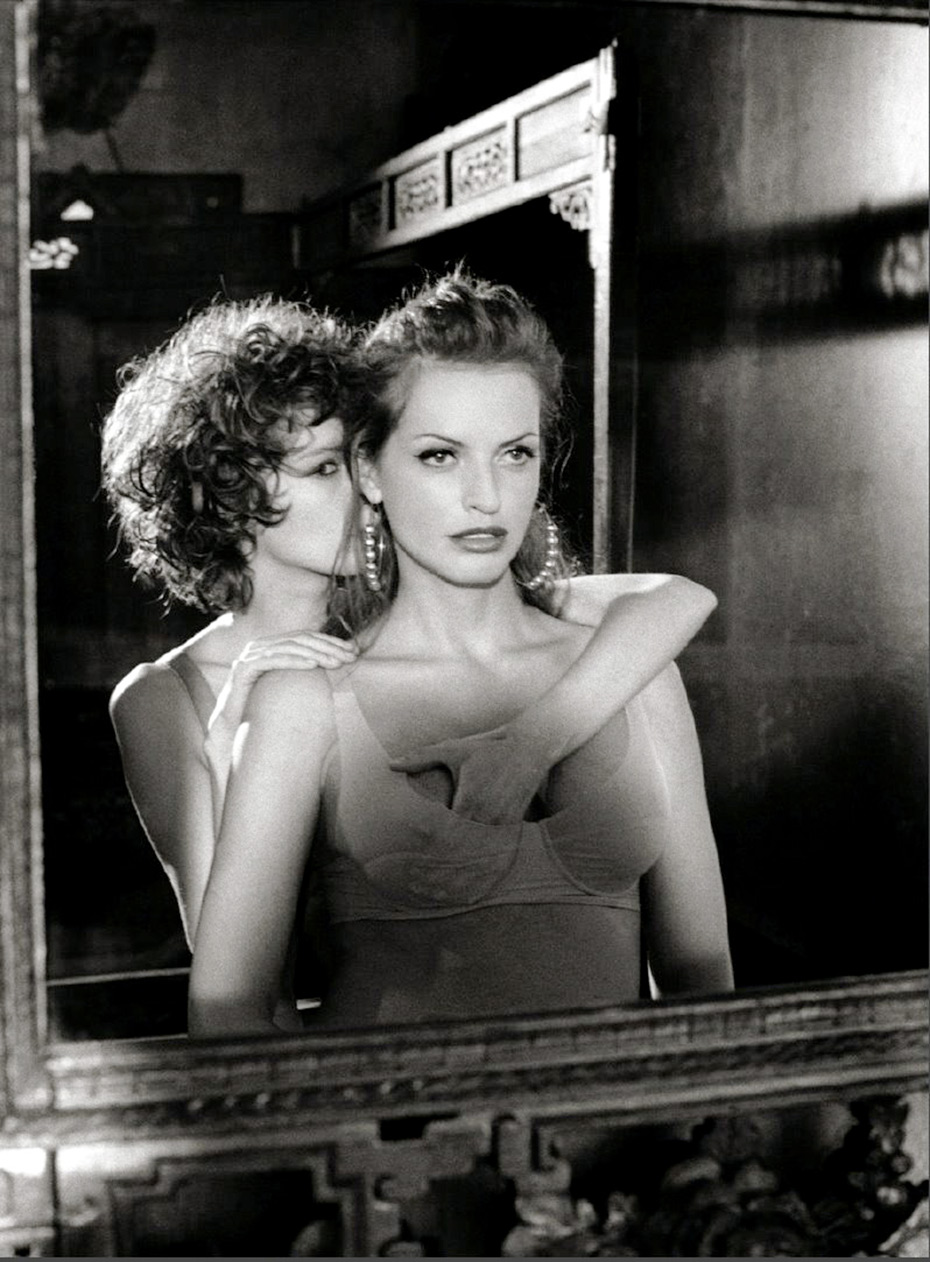

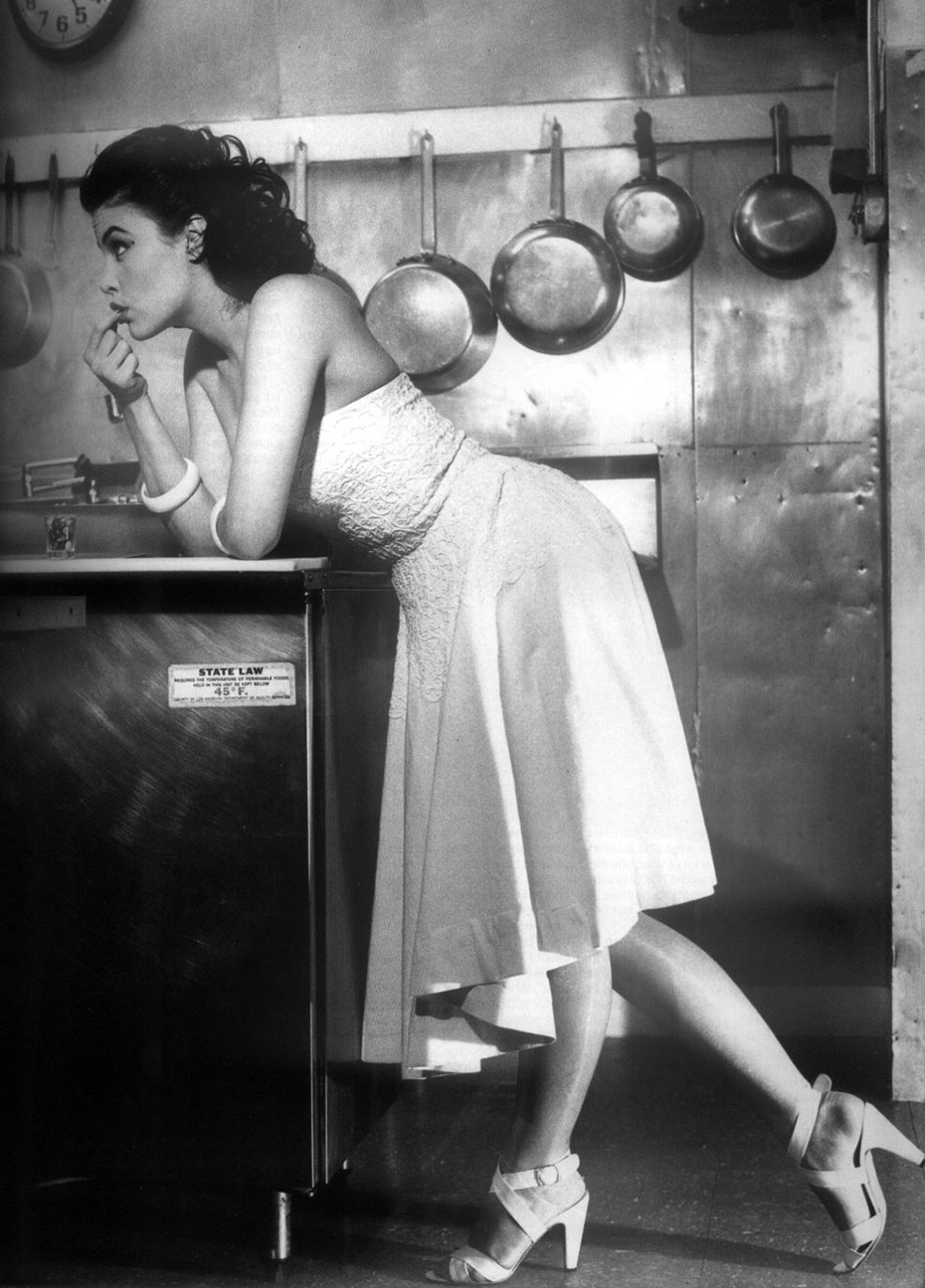

 In 1981 her first exhibition featuring strip-tease artists and acrobats appeared at the Centre Pompidou and at the Galerie Texbraun in Paris. Encouraged by the success of her first show, Rheims produced a series of images of stuffed animals which were also exhibited in Paris and later in New York.
In 1981 her first exhibition featuring strip-tease artists and acrobats appeared at the Centre Pompidou and at the Galerie Texbraun in Paris. Encouraged by the success of her first show, Rheims produced a series of images of stuffed animals which were also exhibited in Paris and later in New York.















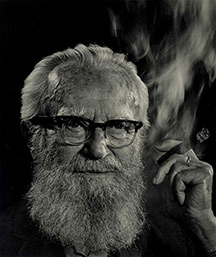 As chief photographer for Vogue and Vanity Fair, Edward Steichen profoundly shaped the look of celebrity and fashion photography in the 1920s and ’30s. He immortalized leading writers, artists, actors,dancers and politicians in striking portraits. Fashion photography was revolutionized when he began depicting the creations of all the great designers of the age, including Poiret, Chanel, Lelong, Lanvin, Patou and Schiaparelli.
As chief photographer for Vogue and Vanity Fair, Edward Steichen profoundly shaped the look of celebrity and fashion photography in the 1920s and ’30s. He immortalized leading writers, artists, actors,dancers and politicians in striking portraits. Fashion photography was revolutionized when he began depicting the creations of all the great designers of the age, including Poiret, Chanel, Lelong, Lanvin, Patou and Schiaparelli.

